How Apple's iPhone has changed through the years
- Published
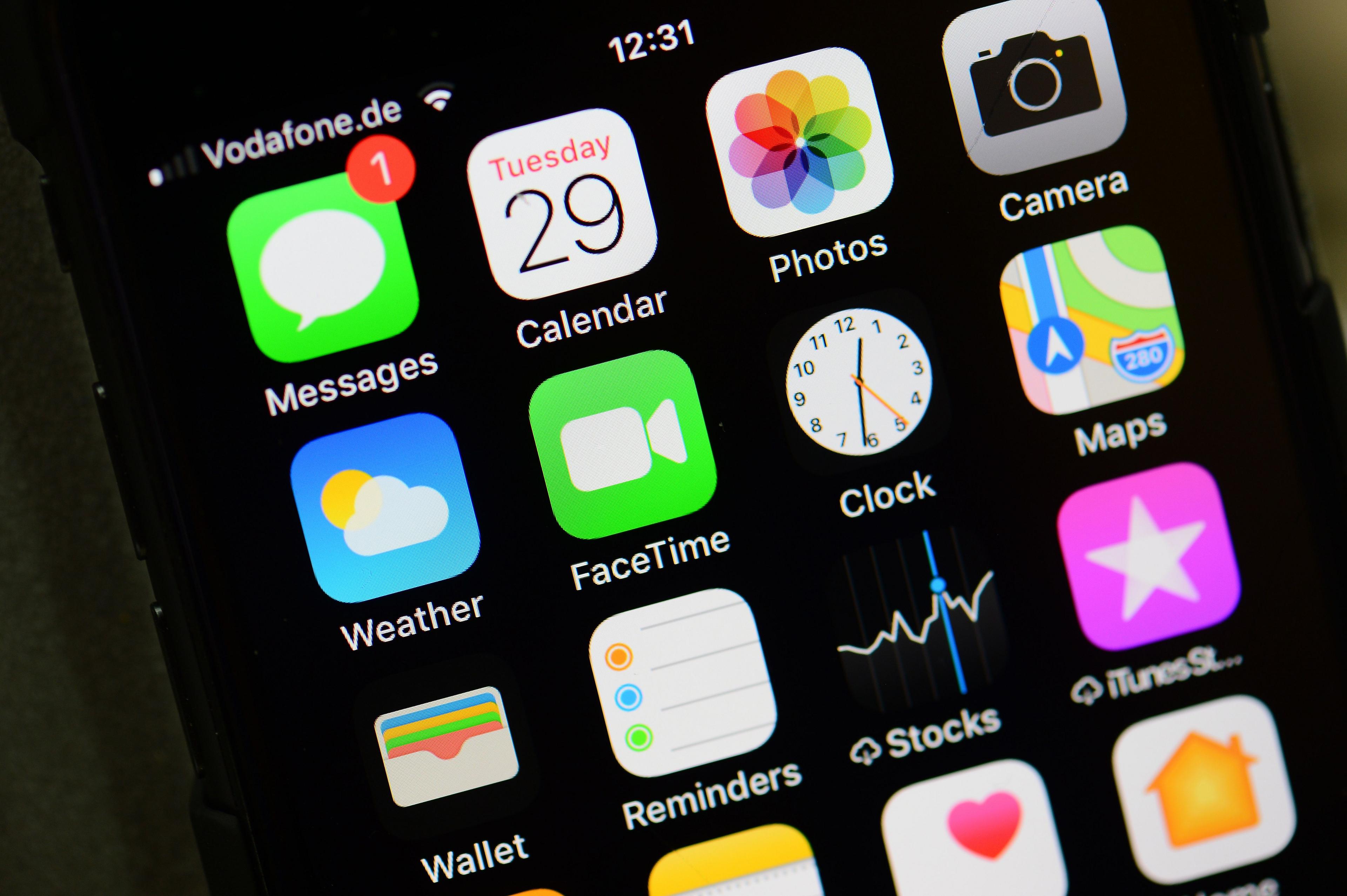
He's the key designer behind the iPhone, iMac and iPod: products which have helped make Apple the world's most valuable company.
But now Sir Jony Ive is leaving the tech giant to set up his own business.
Despite some recent falls in sales, the iPhone is still a giant in the mobile market.
Now as the man largely responsible for the iconic phone leaves, we cast our minds back to the evolution of the handset.
Can you remember how we got to a point where an iPhone can cost more than a thousand pounds in just over eleven years of existence?
We've taken a look at the key changes - from its size and features to its fluctuating price.
The beginning - otherwise known as iPhone 2G
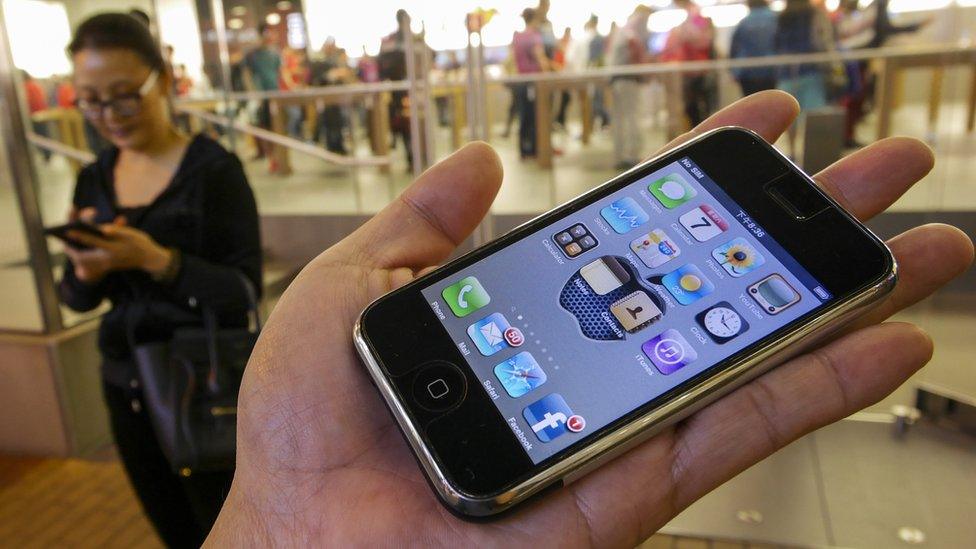
iPhone 2G - remember when an iPhone could actually fit in the palm of your hand?
Let's not get our Gs mixed up here - the 1st generation iPhone was released in the United States, June 2007.
Apple gave a $499 (£381) price tag for the 4GB model and $599 (£457) for the 8GB model.
Despite being the first generation it became known as the iPhone 2G because Apple decided only to make it work with the 2G data network, not the faster 3G.
It is now considered a collector's item by some - and has been sold on eBay for significantly more than its original retail price.
iPhone 3G
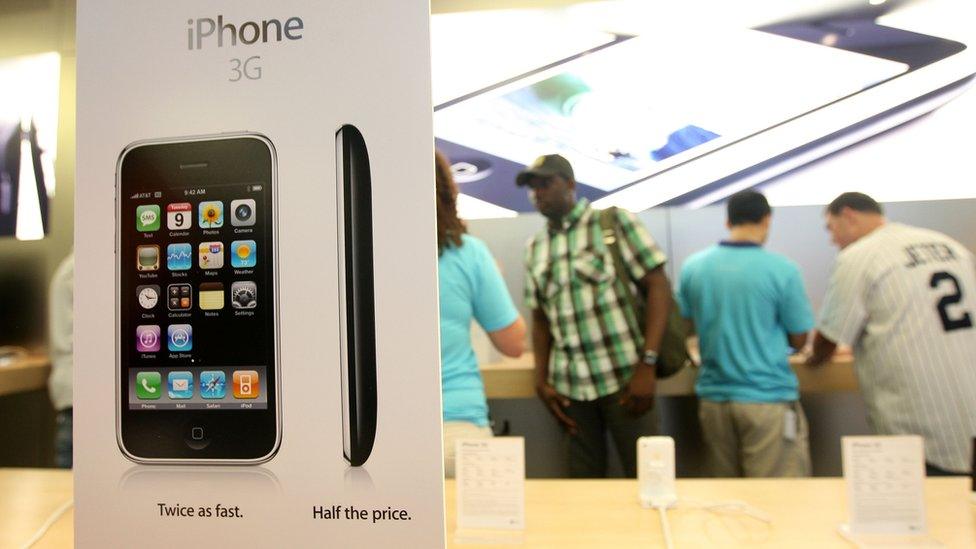
'Twice as fast, for half the price'
The iPhone 3G was released in July 2008 across 22 different countries and sold over 1 million units in its first weekend.
The second generation phone came in two colours - black and white - and was priced significantly cheaper at £99 with a two-year contract.
The phone came with iOS 2.0 software and received a wave of other updates enabling features such as multimedia messaging (MMS) and copy and paste.
A year later the iPhone 3GS was released - the S stood for speed - the new slogan being: "The fastest, smartest phone yet."
The iPhone 3G was discontinued in June 2010.
iPhone 4
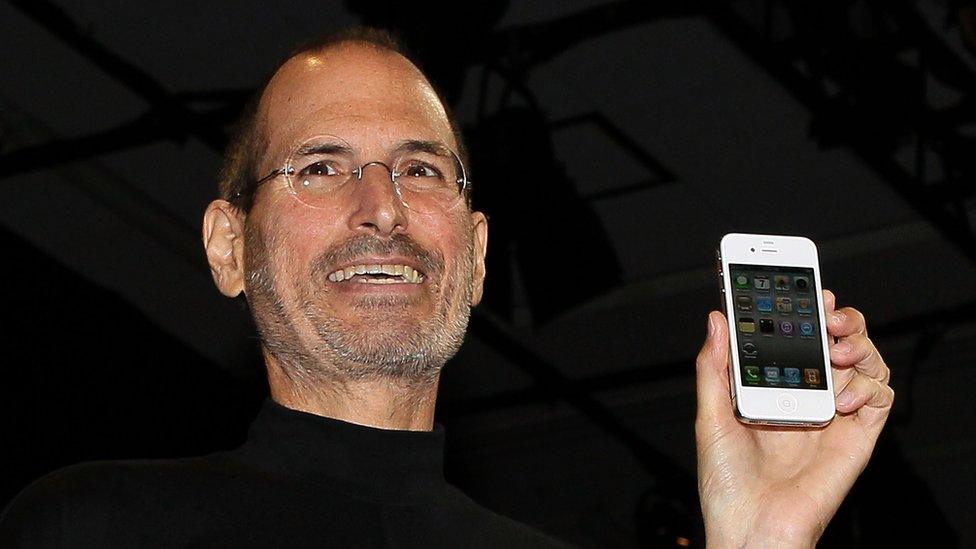
Apple CEO Steve Jobs passed away in 2011, aged 56
Back in June 2010, the fourth generation iPhone was revealed at Apple's Worldwide Developers Conference in San Francisco,
CEO Steve Jobs dubbed the iPhone 4 as the thinnest smartphone in the world at the time.
"This changes everything. Again," was the slogan this time.
The phones newly introduced front-facing camera gave Apple an edge on other smartphone competitors - as it meant there was now FaceTime video chat.
The 16GB model would have cost you £499, and the 32GB version £599.
A fifth generation device, the iPhone 4S was released just over a year later - which introduced voice-assistant Siri for the very first time in October 2011.
iPhone 5
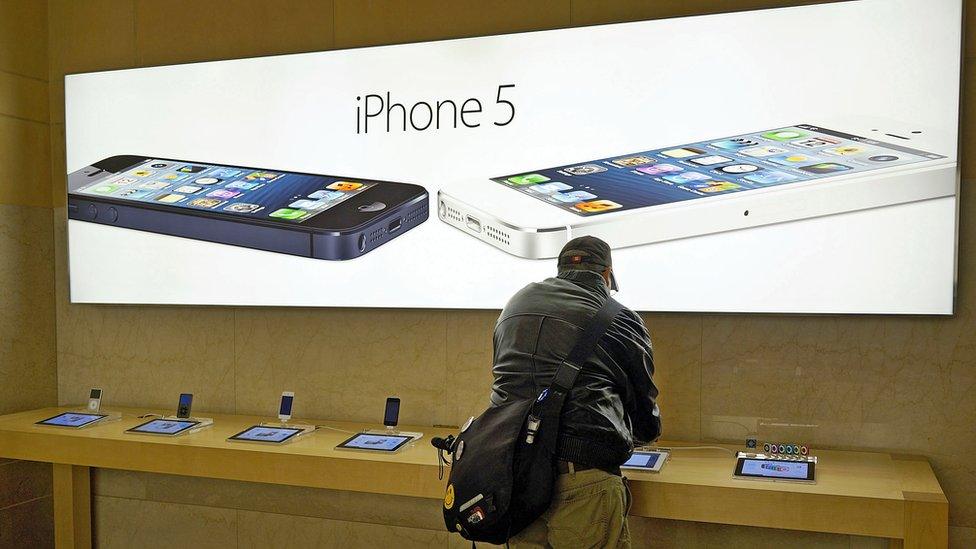
'The biggest thing to happen to iPhone since iPhone"
The iPhone 5 was released in September 2012 and was the last Apple device which had been overseen by Steve Jobs - he had died the year before in 2011.
When Apple had begun taking pre-orders they'd received over two million orders in 24 hours.
Its new features included being 4G enabled, being thinner, lighter and having a taller screen than its predecessors.
The iPhone 5 was priced at £529 (16GB), £599 (32G) and £699 (64GB).
The announcement of the iPhone 5C and 5S in 2013 signified Apple's discontinuation of the original iPhone 5.
iPhone 6
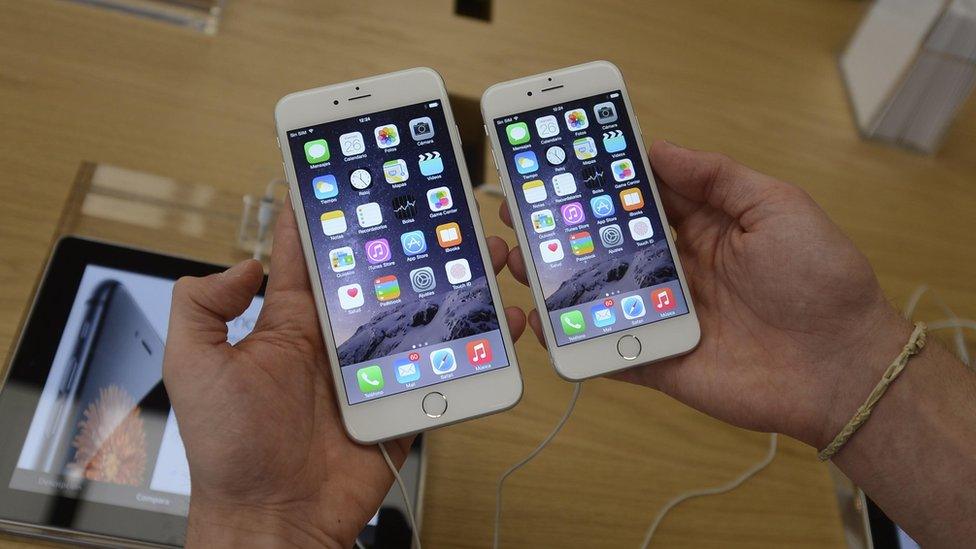
iPhone 6 Plus (left), iPhone 6 (right)
The release of the iPhone 6 and 6 Plus in September 2014 saw Apple introduce a plus-size option.
The 6 and 6 Plus sported 4.7 and 5.5 inch displays respectively.
An upgraded camera, increased battery life and the introduction of Apple Pay were just some of the many features of the new device.
The iPhone 6 was priced at £539, sim-free.
The iPhone 6 and 6 Plus were Apple's flagship phones for just under a year until they were replaced with the iPhone 6S and 6S Plus.
iPhone 7
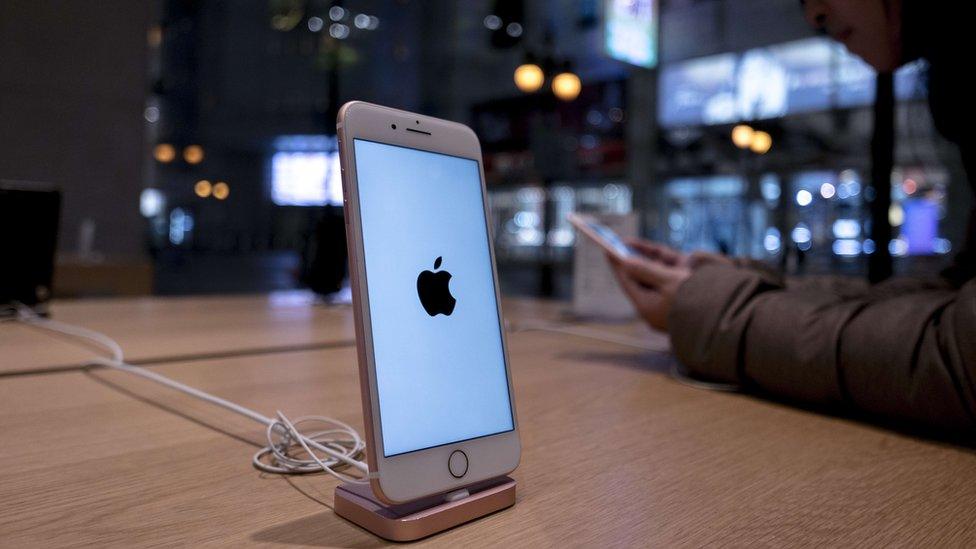
iPhone 7
The iPhone 7 was released in September 2016 - its starting price in the UK was £549.
For £669 you'd get the iPhone 7 Plus.
Both models came in either 32GB or 128GB sizes and were available in a range of colours - grey, black and red.
This generation of iPhone saw the headphone jack removed, the addition of water-resistant technology and a new and improved 12 mega-pixel camera.
iPhone 8, 8 Plus and X
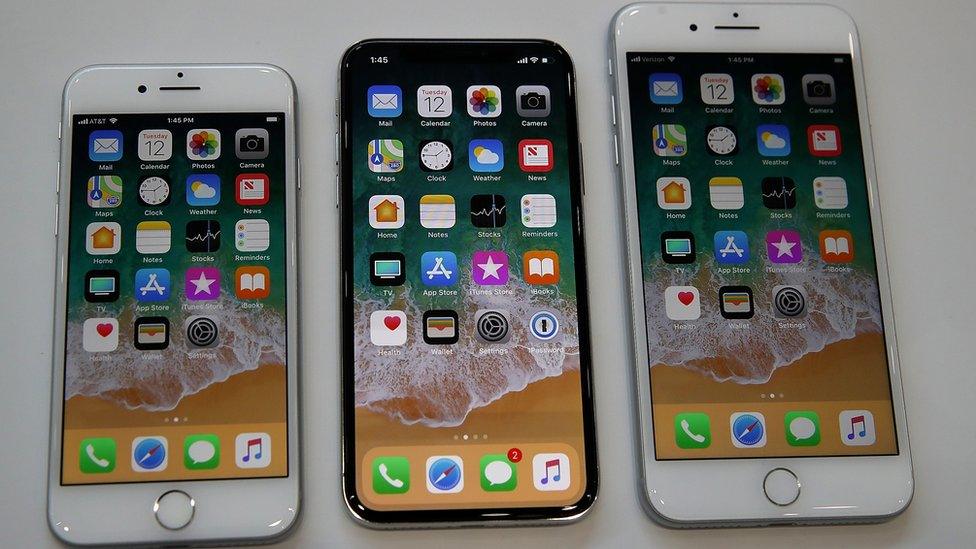
iPhone 8 (left), iPhone X (middle), iPhone 8 Plus (right)
The iPhone 8, 8 Plus and X were announced in September 2017 at the Steve Jobs Theater at Apple's headquarters in California, US.
The iPhone 8 and 8 Plus were released later that September and were available in silver, space grey and a new gold colour.
Instead of the aluminium casing featured in the iPhone 7, Apple moved swiftly to an all-glass design for the iPhone 8 and 8 Plus.
Prices started at £699 for the 64GB iPhone 8 and £799 for the 64Gb version of the iPhone 8 Plus.
As for the iPhone X - it was released in November 2017, marking the tenth anniversary of the iPhone.
It featured the removal of the home button, an OLED display on a 5.8 inch screen and wireless charging.
Its new and improved features meant the anniversary phone was priced just under the thousand pound mark - at £999.
Since then...
Apple have released three more phones.
iPhone XR, iPhone XS and XS Max.
It would cost you £749 to buy the cheapest of the three and a whopping £1,449 to buy the most expensive.
But those prices could all change after Apple boss Tim Cook's hint the firm could reduce its iPhone prices in the future - when, where, by how much? We don't know yet.
And would a change in price bring a change in look now Sir Jony has moved on? Apple's next iPhone announcements could be the most interesting yet.


Follow Newsbeat on Instagram, external, Facebook, external, Twitter, external and YouTube, external.
Listen to Newsbeat live at 12:45 and 17:45 weekdays - or listen back here.
- Published28 June 2019
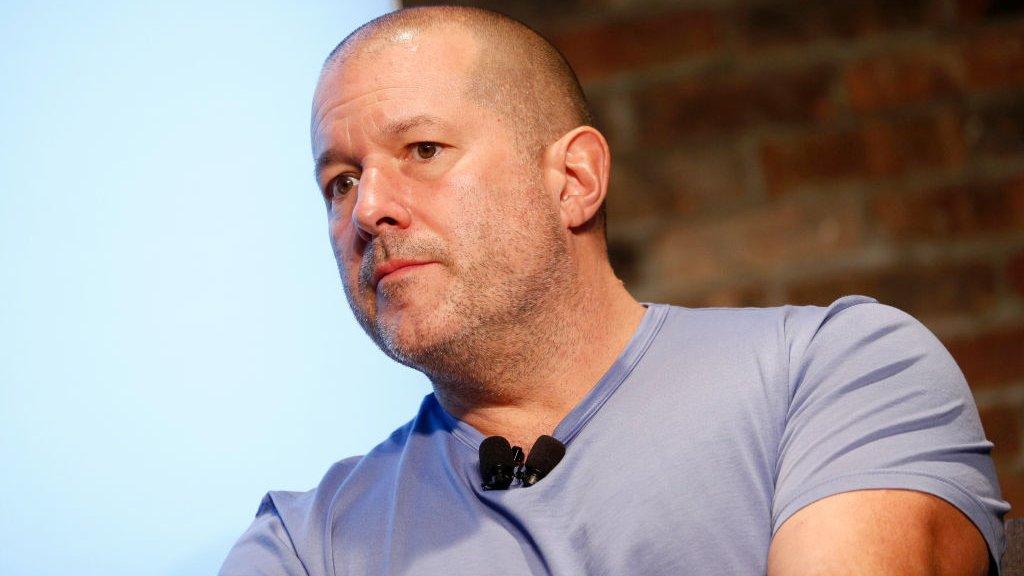
- Published30 January 2019
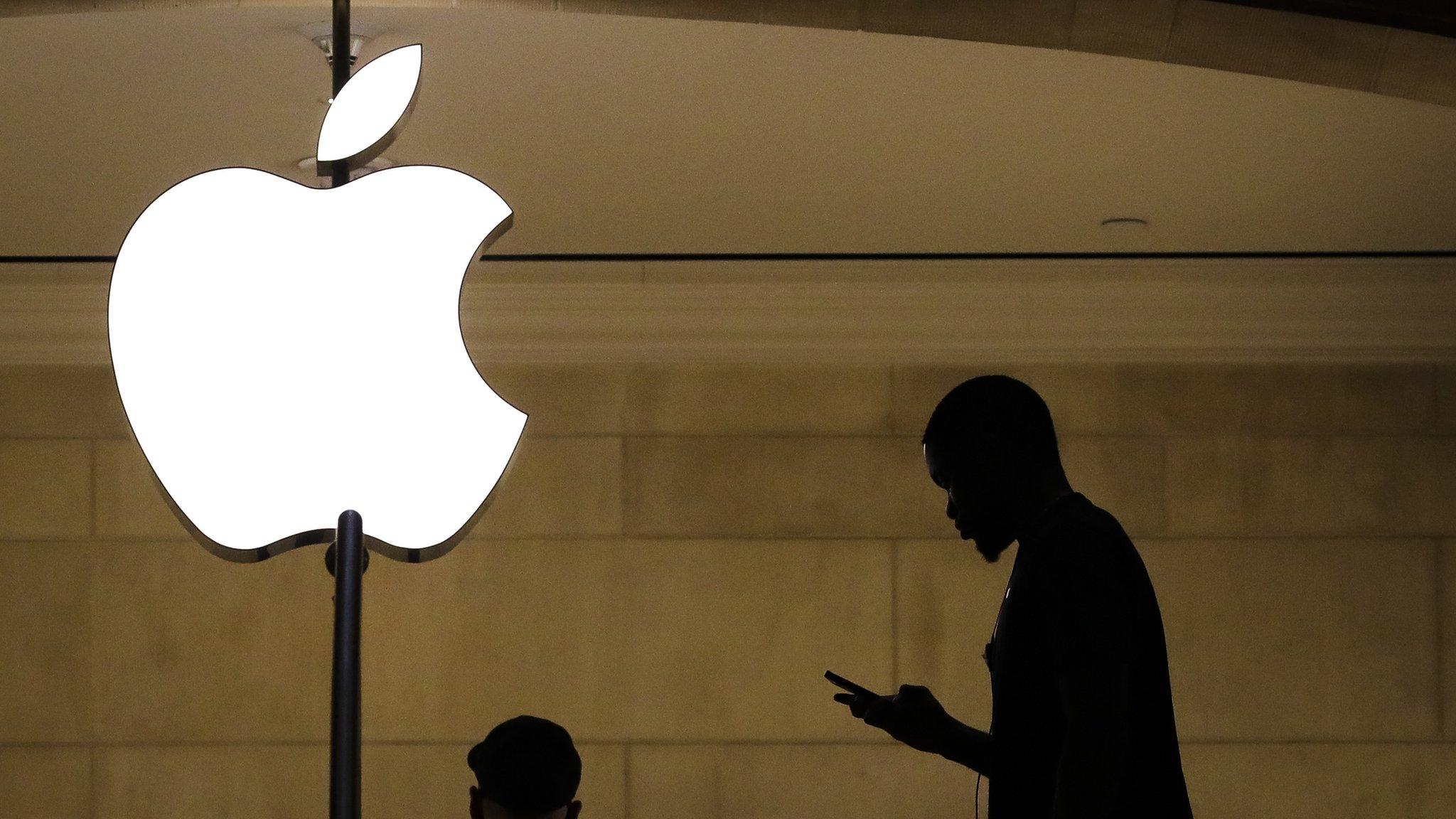
- Published29 January 2019